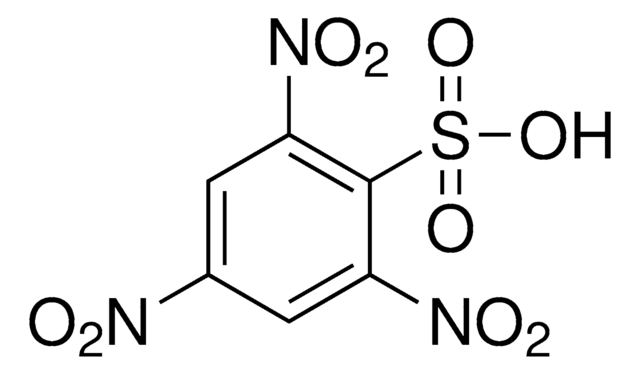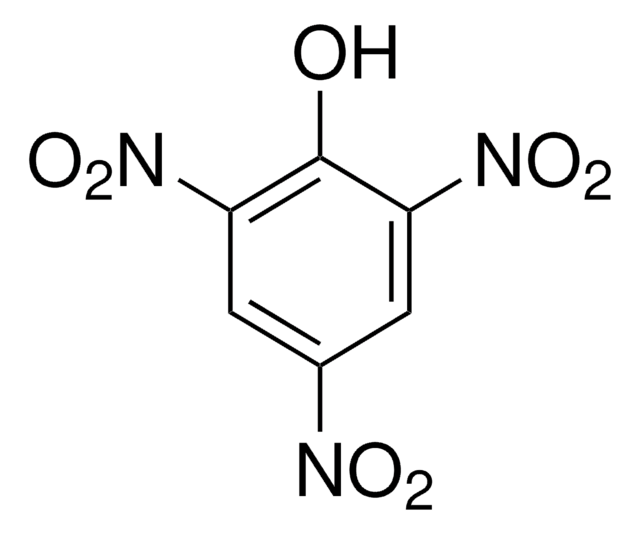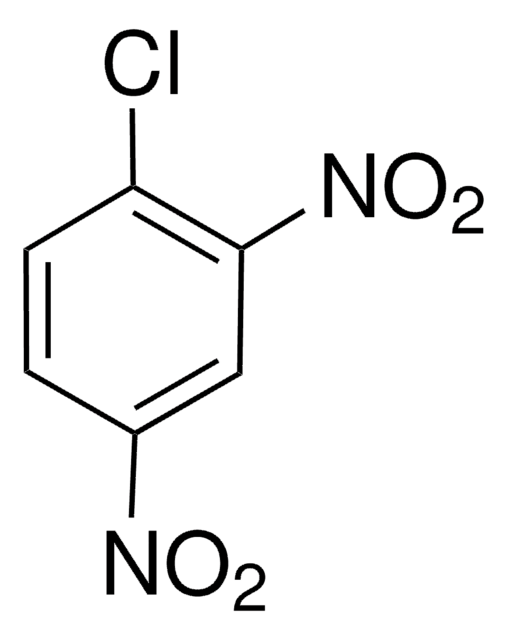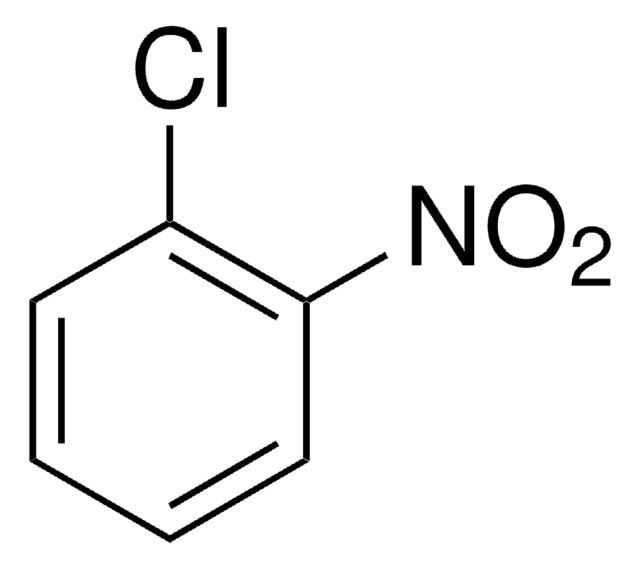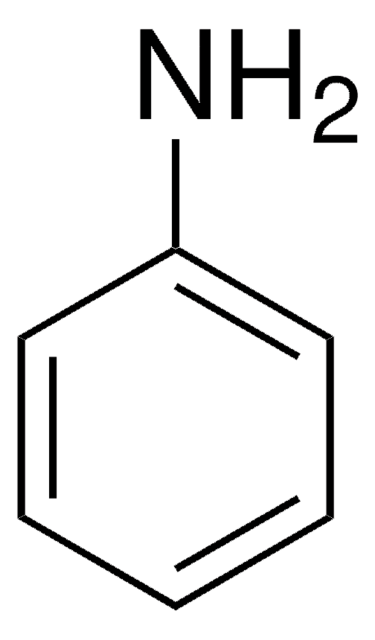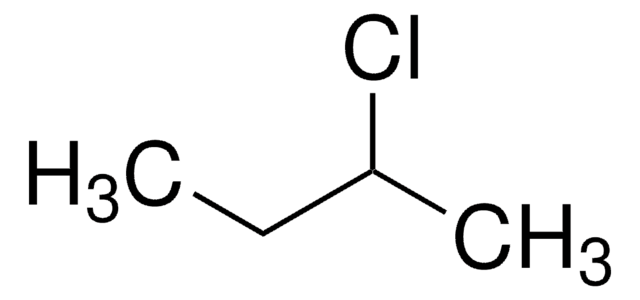79874
2-Chloro-1,3,5-trinitrobenzene
≥98.0% (HPLC)
Synonym(s):
2,4,6-Trinitrochlorobenzene
About This Item
Recommended Products
Quality Level
Assay
≥98.0% (HPLC)
form
lumps
functional group
chloro
nitro
SMILES string
[O-][N+](=O)c1cc(c(Cl)c(c1)[N+]([O-])=O)[N+]([O-])=O
InChI
1S/C6H2ClN3O6/c7-6-4(9(13)14)1-3(8(11)12)2-5(6)10(15)16/h1-2H
InChI key
HJRJRUMKQCMYDL-UHFFFAOYSA-N
Other Notes
Signal Word
Danger
Hazard Statements
Precautionary Statements
Hazard Classifications
Acute Tox. 1 Dermal - Acute Tox. 2 Inhalation - Acute Tox. 2 Oral - Aquatic Acute 1 - Aquatic Chronic 1 - Flam. Sol. 1
Supplementary Hazards
Storage Class Code
4.1B - Flammable solid hazardous materials
WGK
WGK 2
Flash Point(F)
Not applicable
Flash Point(C)
Not applicable
Personal Protective Equipment
Regulatory Listings
Regulatory Listings are mainly provided for chemical products. Only limited information can be provided here for non-chemical products. No entry means none of the components are listed. It is the user’s obligation to ensure the safe and legal use of the product.
FSL
Group 5: Self-reactive substances
Nitro compounds
Hazardous rank I
1st self-reactive materials
ISHL Indicated Name
Substances Subject to be Indicated Names
ISHL Notified Names
Substances Subject to be Notified Names
JAN Code
79874-VAR-F:
79874-BULK-F:
79874-5G-F:
79874-1G-F:
Choose from one of the most recent versions:
Already Own This Product?
Find documentation for the products that you have recently purchased in the Document Library.
Our team of scientists has experience in all areas of research including Life Science, Material Science, Chemical Synthesis, Chromatography, Analytical and many others.
Contact Technical Service